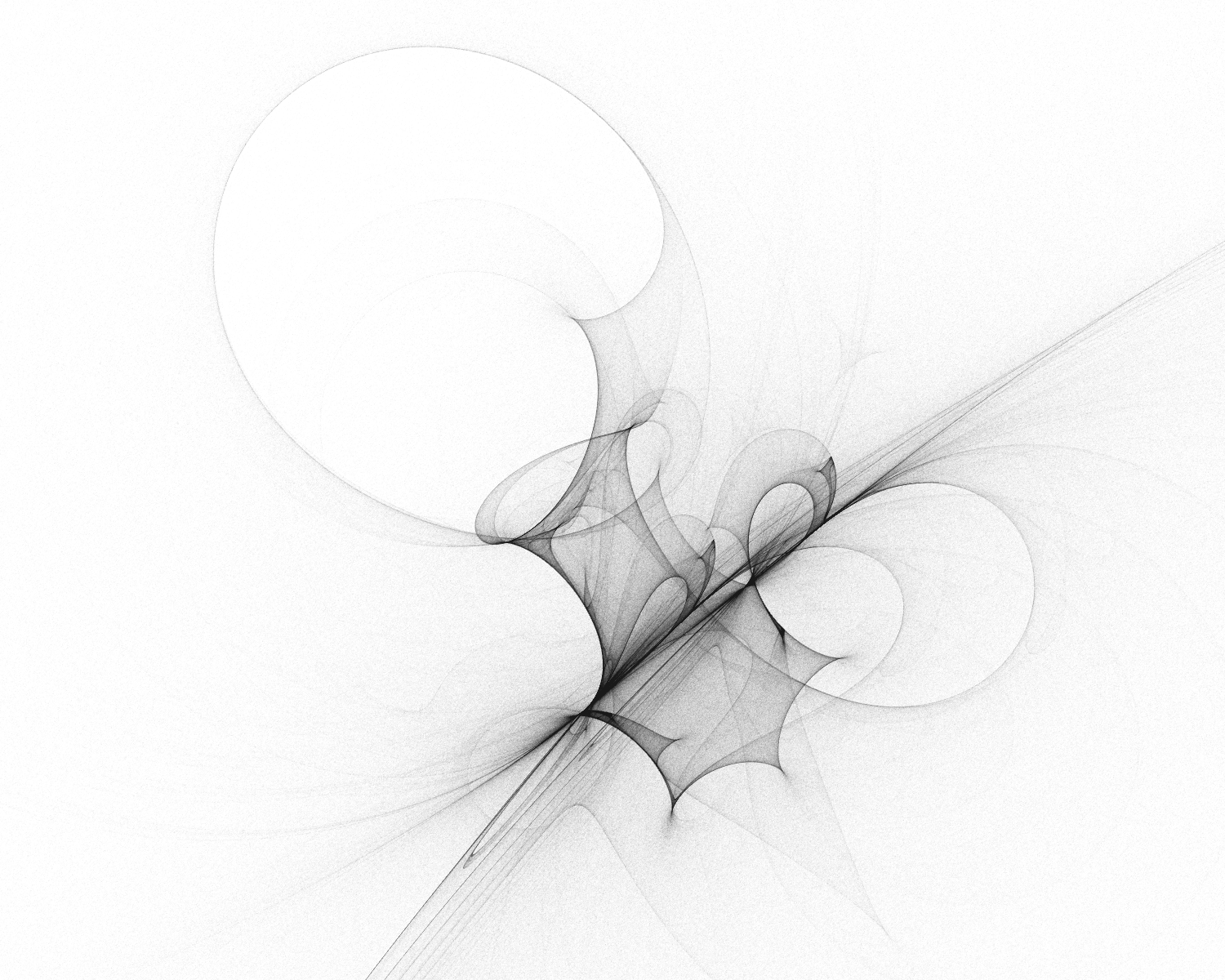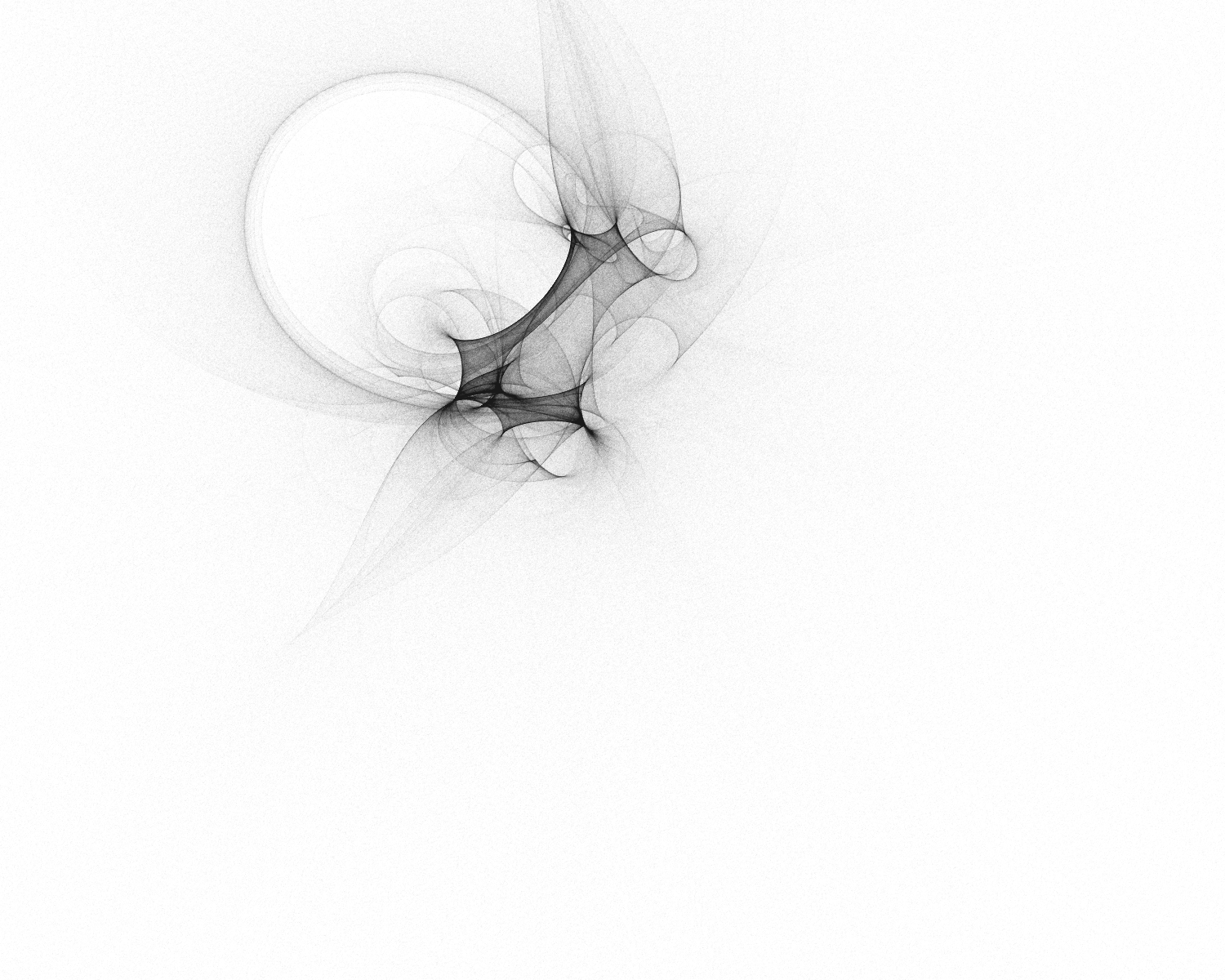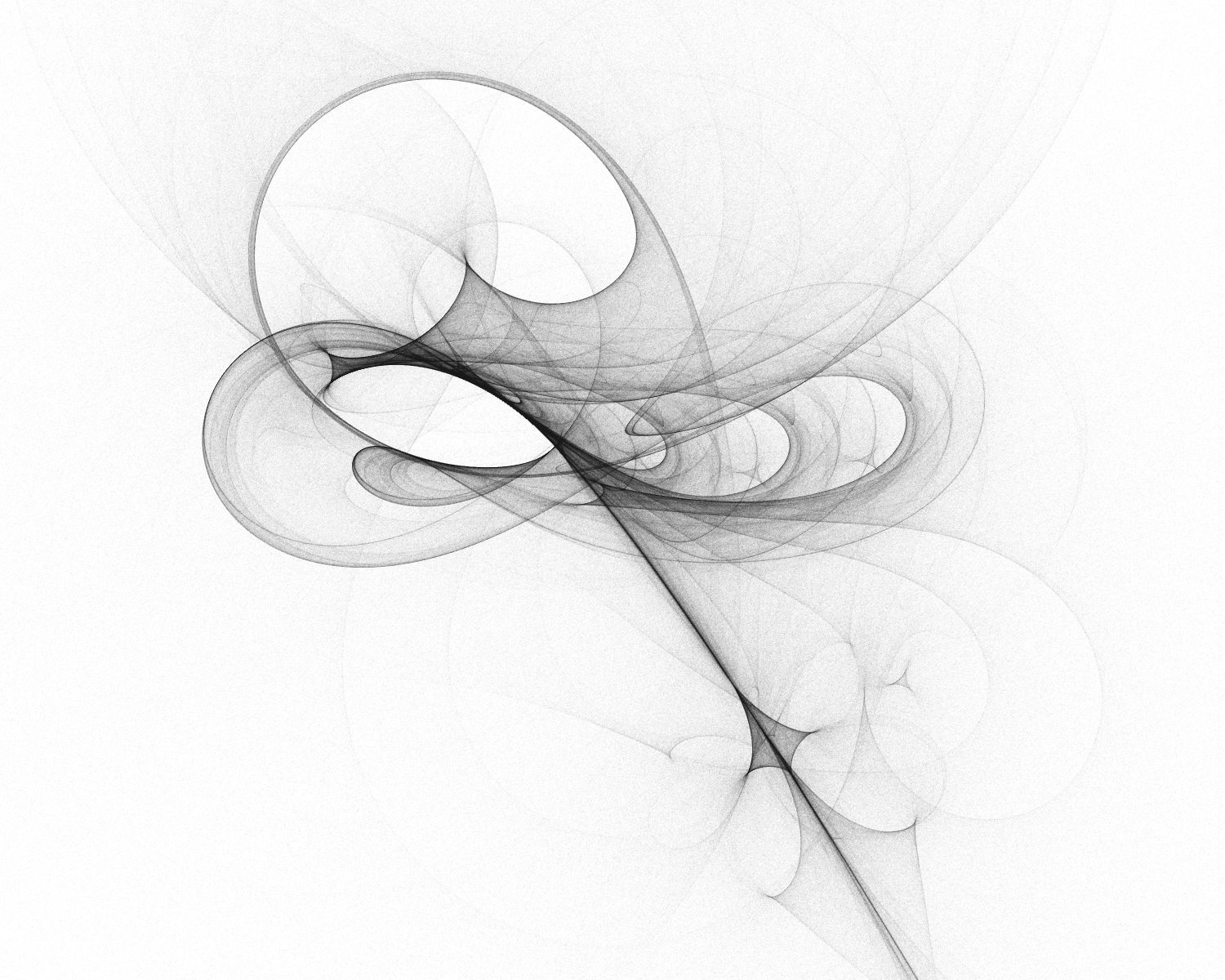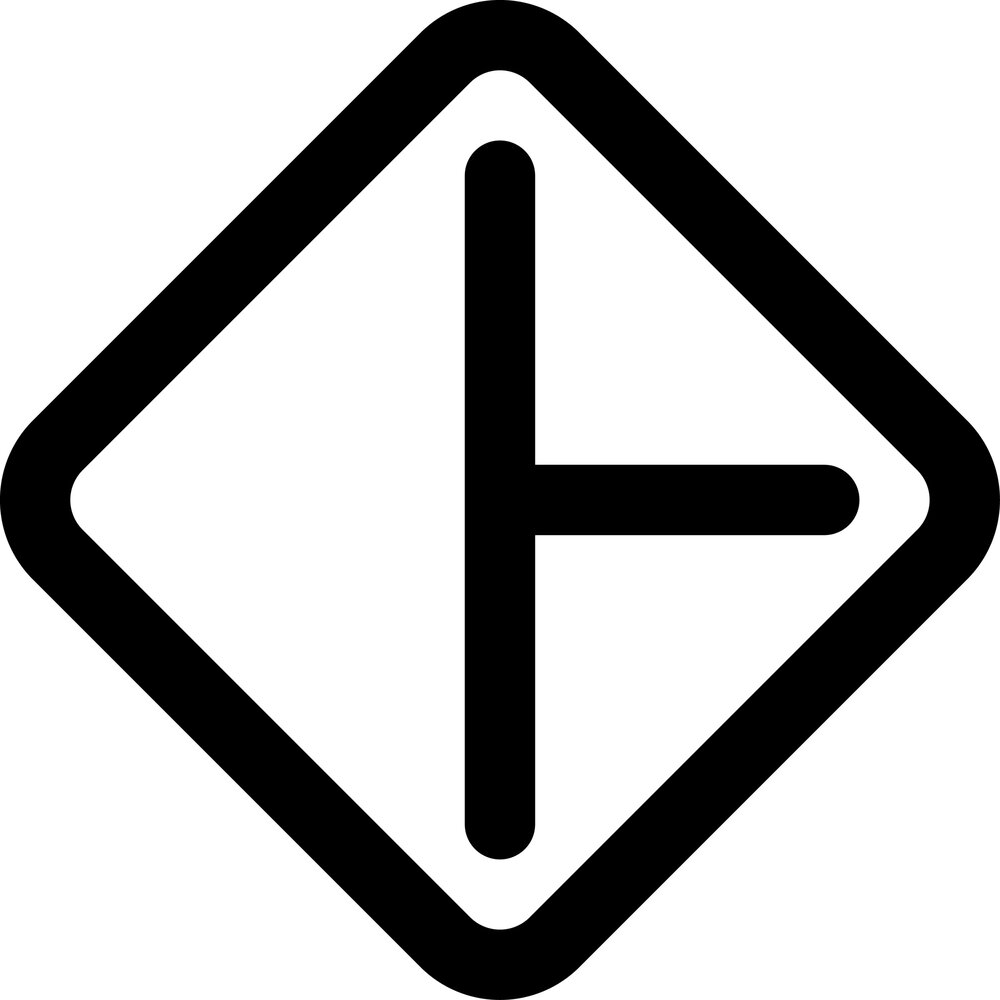Using some fairly simple attractor/repeller simulations to generate really cool drawings using a program adapted from Tom Carden. Tweaking parameters leads to a lot of variation and some cool shapes.




This program generates 'attractors' and 'repellers' (4 or 5 in these drawings) as well as a thousands of 'particles'. The particles start at random locations and the attractors/repellers are set by the user or can be randomly generated. The program essentially calculates the net acceleration on each particle by the attractors/repellers and moves it accordingly, drawing a very feint dot each frame for each particle. As the program runs particles fly all over the place, and lines/shapes/patterns emerge where many particles have gone.
Up next, I want to write a different version of this program to formalize the physics a little bit, add more adaptability, and add some user input via the LEAP.
